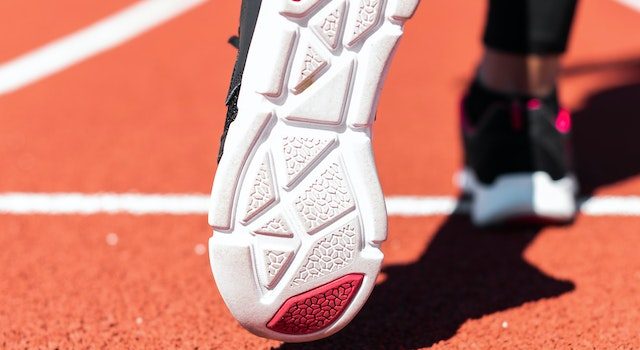
Introduction: When it comes to sprinting, having the right footwear is essential for maximizing your performance and achieving your full potential. Sprinting requires explosive power, speed, and precise movements, and selecting the appropriate footwear can significantly enhance your sprinting abilities. In this guide, we will explore the key considerations and provide valuable insights to help you choose the perfect footwear for maximum performance in sprinting.
- Understanding the Importance of Footwear in Sprinting: Footwear plays a critical role in sprinting by providing support, traction, stability, and comfort. The right pair of sprinting shoes can optimize your biomechanics, reduce energy loss, and improve your speed and agility.
- Key Factors to Consider: a. Lightweight Design: Opt for lightweight footwear that minimizes weight and allows for quick foot turnover, enhancing your acceleration and speed. b. Support and Stability: Sprinting puts immense stress on your feet and ankles. Look for shoes that offer adequate support and stability, featuring secure lockdown, reinforced midsoles, and supportive overlays. c. Traction: Excellent traction is crucial for powerful acceleration and maintaining control during quick changes in direction. Shoes with specialized rubber compounds or patterned outsoles provide optimal grip on different surfaces. d. Cushioning and Responsiveness: Consider shoes with responsive cushioning that absorbs impact while providing energy return for quick, explosive movements. e. Flexibility: Look for footwear that allows for natural foot movement and flexibility, enabling efficient stride mechanics and agility during sprints. f. Breathability: Sprinting generates heat and perspiration, so choose shoes with breathable materials and ventilation features to keep your feet cool and comfortable.
- Recommended Footwear for Sprinting: a. Sprint Spikes: Designed specifically for track events, sprint spikes offer lightweight construction, minimal cushioning, and aggressive traction for maximum speed. Popular sprint spike models include Nike Superfly Elite and adidas Sprintstar. b. Racing Flats: Ideal for sprint distances up to 400 meters, racing flats combine lightweight design with responsive cushioning for enhanced speed. Examples include Nike Zoom Matumbo and New Balance 1400. c. Lightweight Performance Trainers: These shoes provide a balance between support, cushioning, and speed. They are suitable for sprinters who require a bit more comfort and versatility for both training and racing. Examples include Nike Zoom Pegasus and Brooks Hyperion. d. Customizable Options: Some brands offer customization options, allowing you to personalize your shoes based on your specific needs and preferences.
- Additional Considerations: a. Proper Fit: Ensuring the right fit is crucial for sprinting footwear. Look for a snug fit with enough room in the toe box and no slipping or sliding inside the shoe. b. Gradual Transition: If switching to sprint spikes or new footwear, gradually incorporate them into your training routine to allow your feet and muscles to adapt to the different shoe design and added traction. c. Regular Shoe Rotation: Consider having multiple pairs of sprinting shoes to rotate during training and racing to prevent excessive wear and tear and maintain optimal performance.
Conclusion: Selecting the right footwear is vital for maximizing your performance in sprinting. By considering factors such as lightweight design, support, traction, cushioning, flexibility, and breathability, you can find the ideal footwear that complements your sprinting style and helps you achieve maximum speed and agility. Whether you opt for sprint spikes, racing flats, or lightweight performance trainers, the right footwear will play a crucial role in your journey to success in sprinting.










